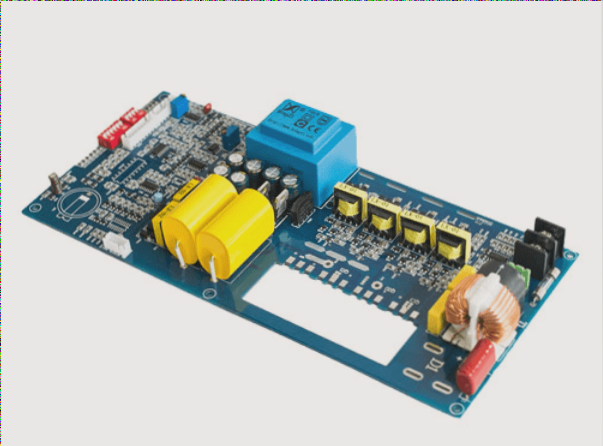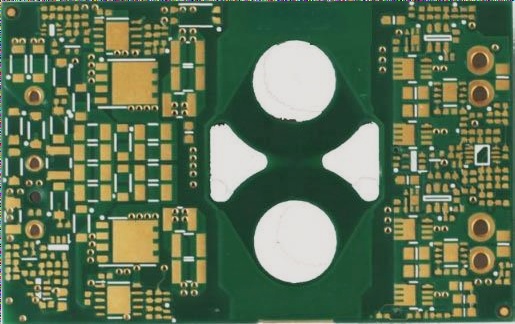**Electrical Related Safety Clearance**
1. **Spacing Between Wires**
Based on the processing capabilities of leading PCB manufacturers, the minimum spacing between wires should not be less than 4 mil. This minimum distance applies to both line-to-line and line-to-pad spacing. From a manufacturing perspective, larger distances are preferable when feasible, with 10 mil being the more common standard.
2. **Pad Aperture and Pad Width**

1. **Pad Aperture**
Regarding the processing capabilities of mainstream PCB manufacturers, if a pad aperture is mechanically drilled, the minimum size should not be less than 0.2mm; if laser drilling is utilized, the minimum should not be below 4mil. The tolerance for aperture size varies slightly by plate type, but it is generally controllable within 0.05mm. Additionally, the minimum pad width should be no less than 0.2mm.
2. **Pad-to-Pad Spacing**
For mainstream PCB manufacturers, the spacing between pads must not be less than 0.2mm.
3. **Distance from Copper Skin to Edge of Board**
The distance between the charged copper skin and the edge of the PCB should ideally be at least 0.3mm. This spacing rule can be established on the Design Rules Board outline page. In cases of large copper areas, it is typically necessary to retreat from the edge of the board, commonly set to 20mil. In PCB design and manufacturing, for mechanical integrity and to prevent curling or electrical short-circuiting caused by exposed copper at the edges, engineers often shrink large copper areas by 20 mils from the board’s edge, rather than extending the copper to the edge.
Various methods can address this copper shrinkage, such as creating a keepout layer along the board’s edge and defining the distance between copper areas and this keepout. A straightforward approach is to set different safety distances for copper areas. For instance, if the overall board safety distance is set to 10mil and the copper area to 20mil, this effectively achieves a 20mil inward retreat from the board edge, eliminating any potential dead copper in the components.
4. **Non-Electrical Safety Clearances**
01. **Character Width, Height, and Spacing**
The text film should remain unchanged during processing. However, if the character line width of D-CODE is less than 0.22mm (8.66mil), it should be thickened to 0.22mm, meaning the character line width L=0.22mm (8.66mil). The total character width is W=1.0mm, the height is H=1.2mm, and the spacing between characters is D=0.2mm. Text smaller than these standards may result in blurriness during processing and printing.
02. **Spacing Between Vias**
The distance between vias (from hole edge to hole edge) should preferably exceed 8mil.
03. **Distance from Silk Screen to Pad**
The silk screen must not cover any pads. If it does, the silk screen will not be tinned during the tinning process, adversely affecting component mounting. Typically, a clearance of 8mil is required; however, if the PCB area is constrained, a 4mil clearance may be barely acceptable. If silk screen elements inadvertently cover pads during design, the manufacturer will usually remove any silk screen over the pads to ensure proper tinning. Specific conditions should be thoroughly analyzed during design; sometimes, the silk screen is intentionally placed close to the pad to prevent solder short-circuiting when pads are very close together. This situation requires separate consideration.
04. **Mechanical 3D Height and Horizontal Spacing**
When mounting components on the PCB, it’s essential to assess potential conflicts with other mechanical structures in both horizontal and vertical dimensions. Therefore, during design, it’s crucial to consider the compatibility of components, the PCB product, and the product casing, while reserving adequate safety distances for all elements to ensure spatial harmony.
—
This revision maintains the original content’s intent and technical accuracy while enhancing clarity and readability.




